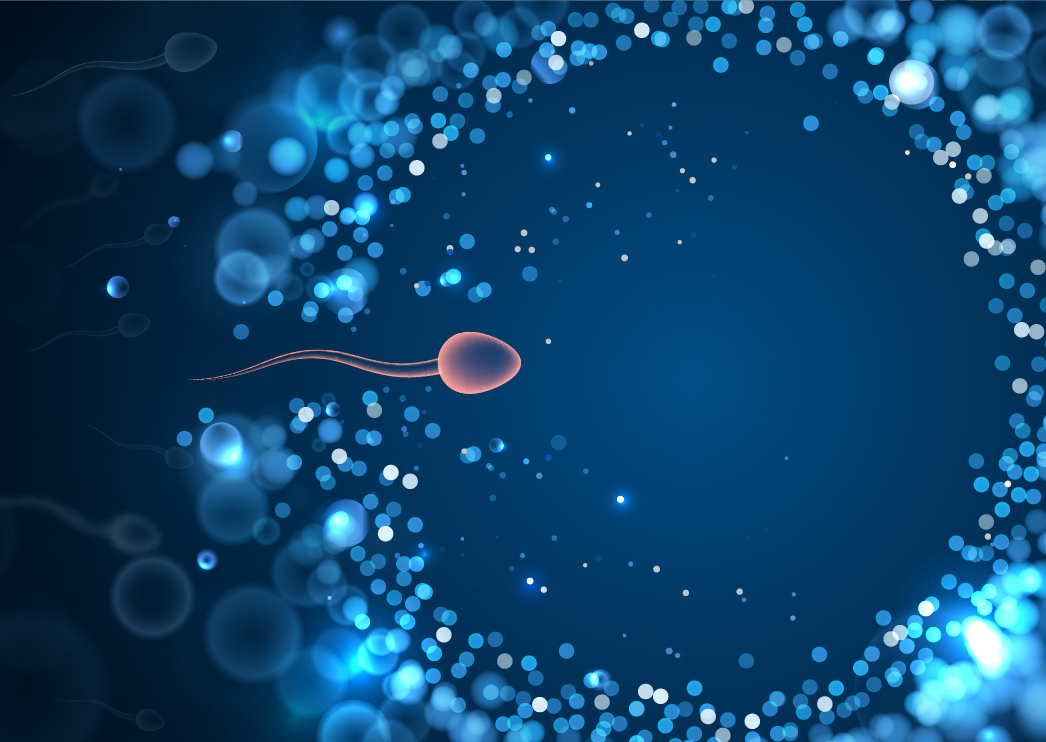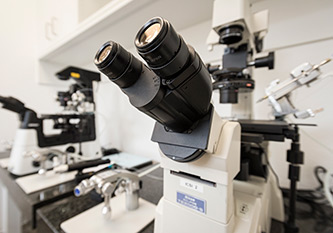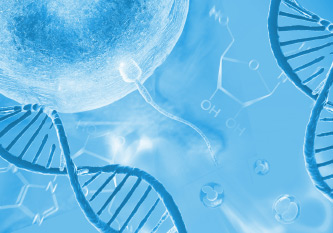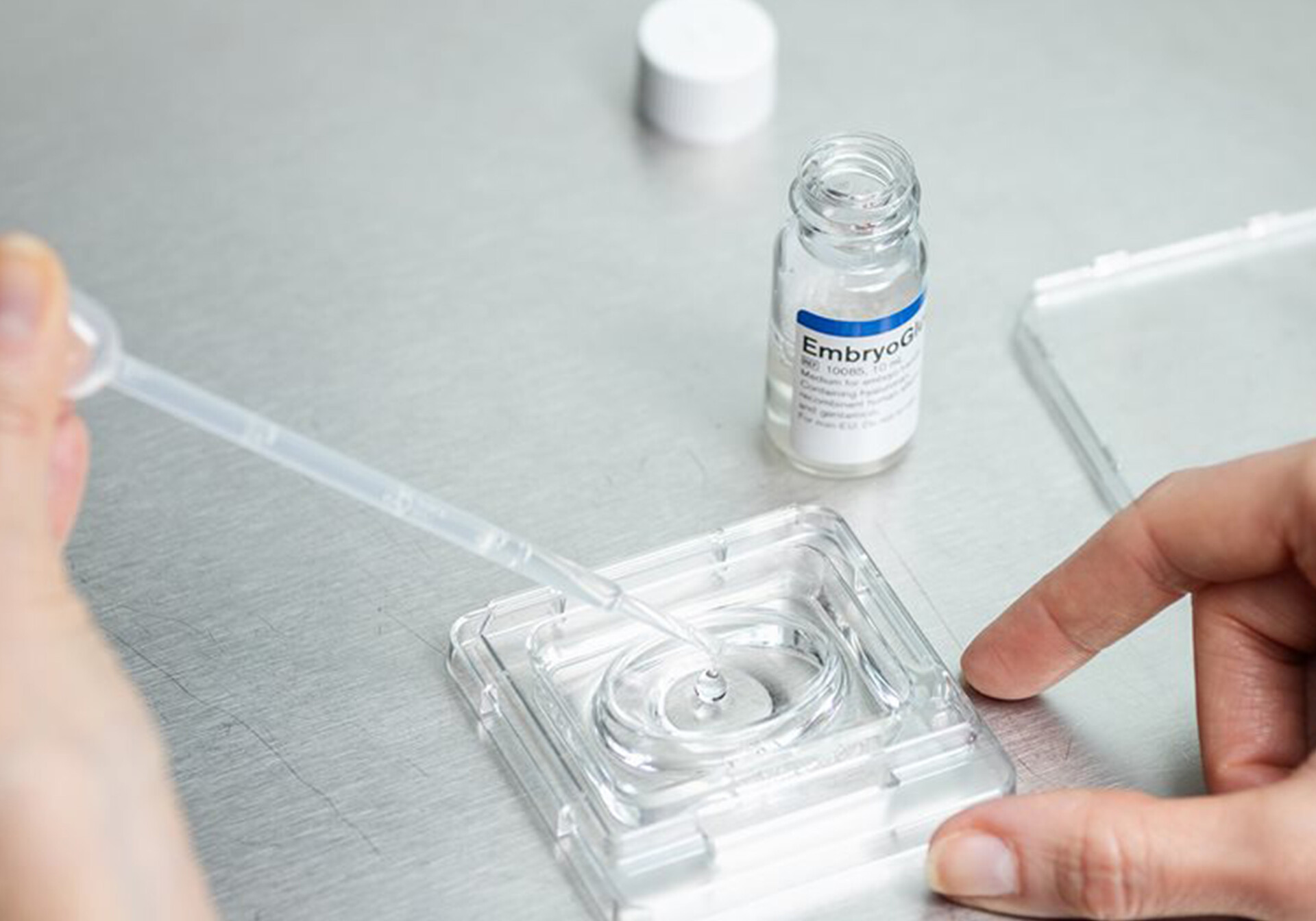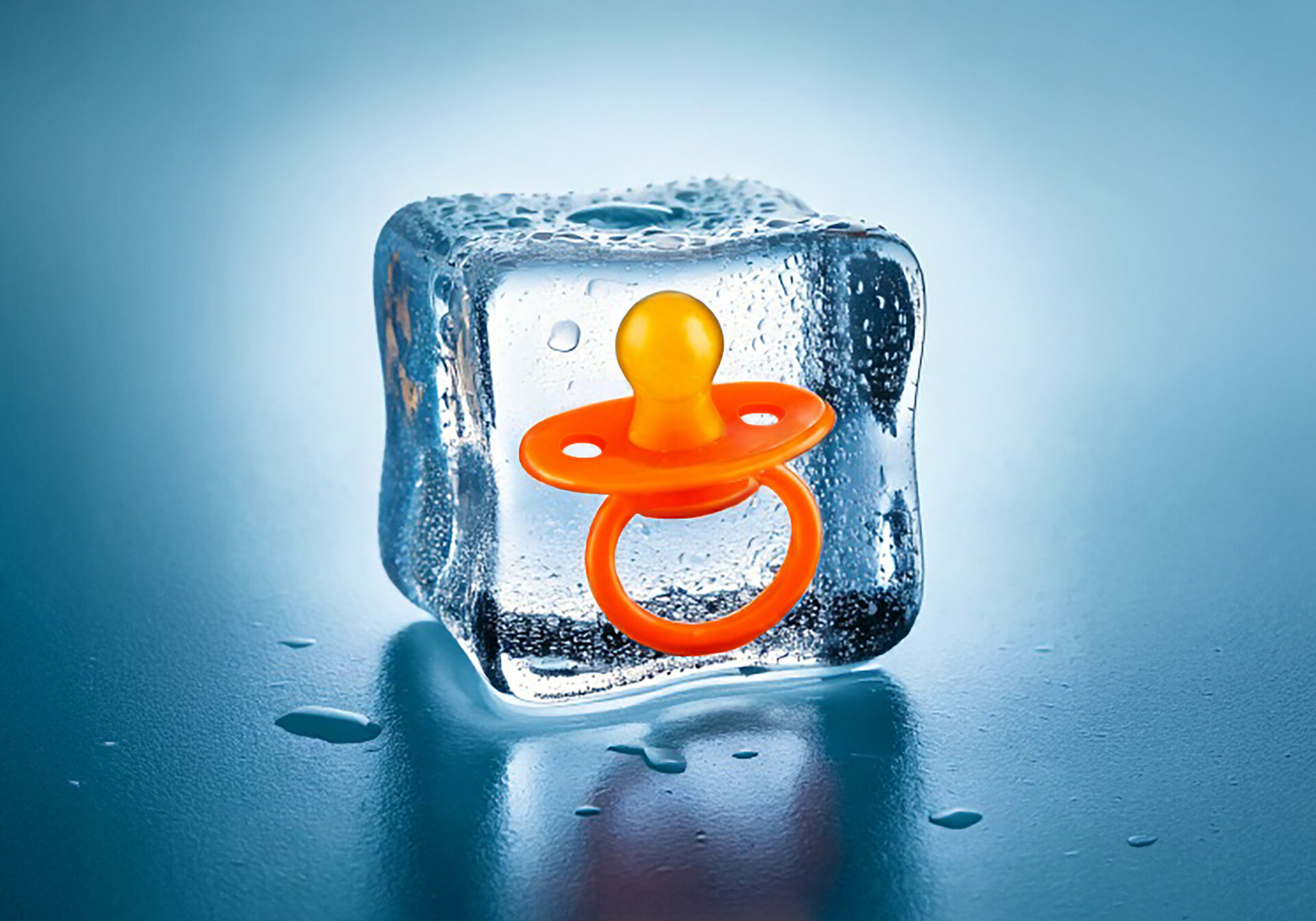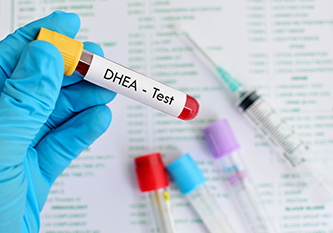IUI
During insemination treatment, sperm cells are inserted into the uterine cavity using a catheter. It is differentiated between 'homologous IUI' and 'heterologous IUI' or 'A-IUI'.
Find out everything about the insemination treatment.
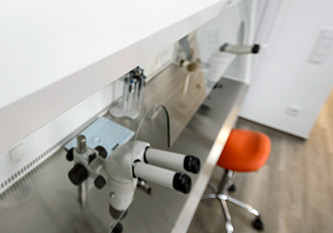
IVF
During an IVF treatment, the ovaries are stimulated with hormones. This is monitored with ultrasounds and ovulation is inhibited/prevented. After administering a 'trigger injection', the eggs are collected by means of a retrieval, after which the eggs are fertilized with IVF. The fertilized eggs are then grown into embryos and after approximately five days an embryo is transferred into the uterine cavity. Sometimes two embryos are transferred. Read all about the process of an IVF treatment here.
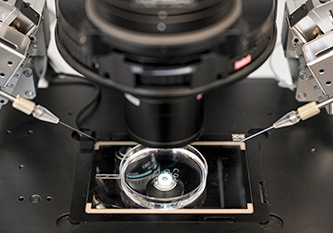
ICSI
During an ICSI treatment, the ovaries are stimulated with hormones. This is monitored with ultrasounds and ovulation is inhibited/prevented. After administering a 'trigger injection', the eggs are collected by means of a retrieval, after which the eggs are fertilized with ICSI. The fertilized eggs are then grown into embryos and after approximately five days an embryo is transferred into the uterine cavity. Sometimes two embryos are transferred. Read all about the process of an ICSI-treatment here.
PICSI
Examining sperm for their ability to absorb hyaluronan prior to injection of the sperm cell in the oocyte during the ICSI-procedure can increase embryonic quality, the likelihood of implantation, and the likelihood of a healthy child. Find out everything about Physiological ICSI (PICSI) here.
Microfluidic Sperm Sorting Chip
The Microfluidic Sperm Sorting Chip is a sperm selection method for IVF and ICSI treatments. Find out everything about the function and application of the Microfluidic Sperm Sorting Chip.
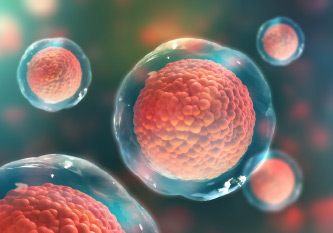
Calcium Ionophore
Calcium plays an important role in the biological behavior of cells. In the event of an imbalance, an abnormal function may occur. This can also occur during when trying to conceive or during fertility treatments, because insufficient calcium is released by the so-called endoplasmic reticulum of the egg. This can sometimes explain fertilization failure. The use of Calcium Ionophore can 'activate' the eggs during an ICSI treatment and may lead to a better fertilization result. We have a broad experience with this form of 'egg activation' and apply it in our laboratory when indicated.
EmbryoGlue®
The embryo transfer as the last step of IVF or ICSI treatment is one of the most sensitive and decisive for its success. EmbryoGlue®, an embryo culture medium enriched with hyaluronic acid specially developed for this process, supports the embryo during implantation.
Read more about how EmbryoGlue® works and when it is used here.
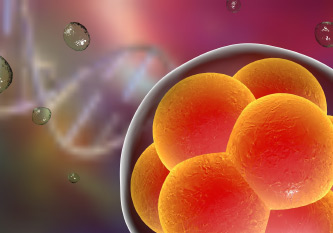
Time-lapse imaging
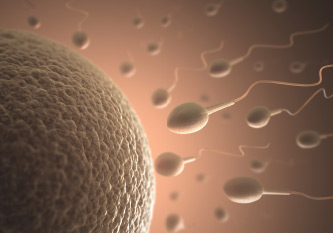
TESE, micro-TESE, MESA, PESA and refertilization
If no, or no suitable sperm cells are found in the semen, you often depend on a TESE, micro-TESE, PESA or MESA operation, in which sperm cells are obtained directly from the testicle and/or epididymis. The obtained material is then examined, and - if suitable sperm cells are found - stored in our center to be used for your ICSI treatment. To this end we have been cooperating for a long time with the PUR/R clinic, with a (very) short waiting list for consultations and operations. Read more about all options here.
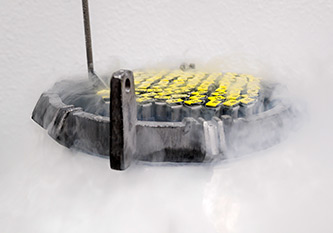
Cryopreservation
Social Freezing
Social freezing is a technique in which people can store their eggs without medical indication in order to secure their fertility in the future to some extent.
DHEA (Dehydroepiandrosterone)
Much attention has been paid to the role of steroid hormones in reproductive medicine for many years. Find out more about the possible support of fertility treatment by taking dehydroepiandrosterone (DHEA).
Kinderwunschzentrum Heinsberger Höfe GbR
Medizinische Kooperationsgemeinschaft
Drs. Willem-Jan S.S. Cuypers
Drs. Nerissa B.E. Cuypers
Fachärzte für Frauenheilkunde und Geburtshilfe
Schwerpunkt gynäkologische Endokrinologie und Reproduktionsmedizin
Dr. Ralf Böhm
Diplom-Biologe
Hochstraße 154
52525 Heinsberg
Germany
Phone
+49 (0) 2452 99 66 - 900
Fax
+49 (0) 2452 99 66 - 910
